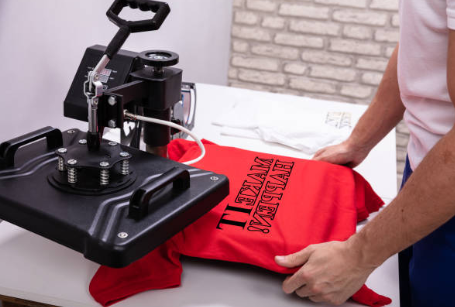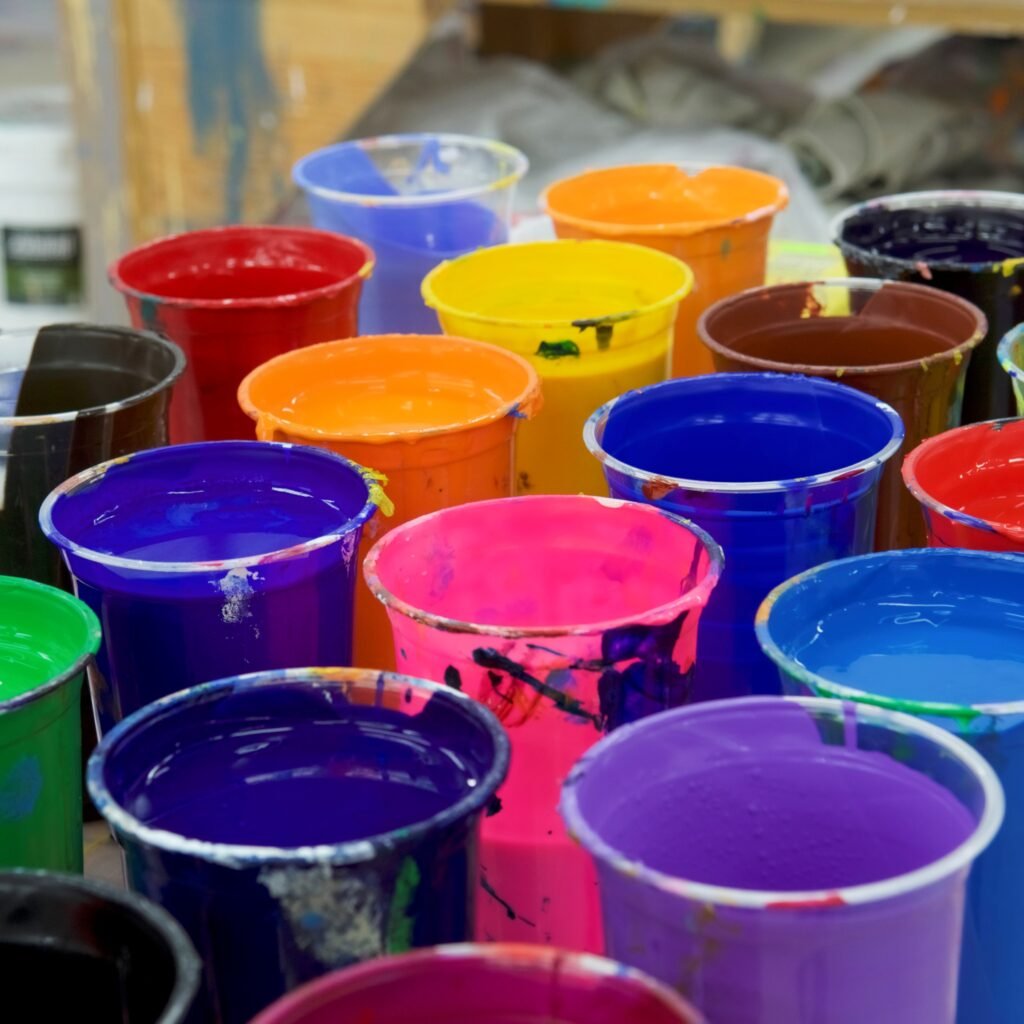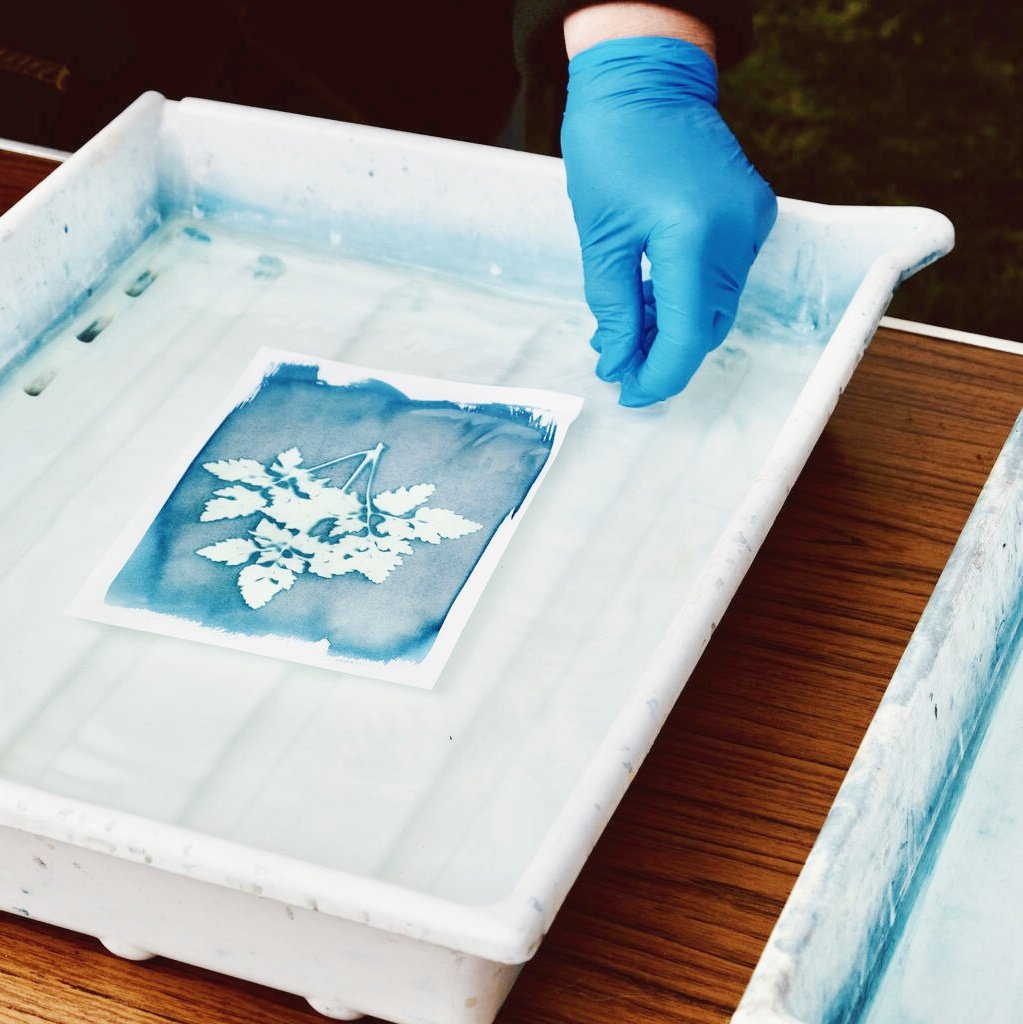สารบัญ
การประลองการพิมพ์สกรีน: การพิมพ์สกรีน DTG และ DTF แตกต่างกันอย่างไร
Meta Description เน้นเทคนิคการถ่ายโอน: ไม่แน่ใจว่าจะพิมพ์เสื้ออย่างไร? เรียนรู้ว่า การพิมพ์สกรีน, ดีทีจี, หรือ ดีทีเอฟ เหมาะกับคุณที่สุด เราเปรียบเทียบราคา ความทนทาน และอื่นๆ รวมถึงประเภทของอิมัลชันที่ใช้!
การแนะนำ
เลือกวิธีพิมพ์เสื้อให้ถูกวิธีช่วยประหยัดเวลาและเงิน!
- ผู้คนอยากทราบว่า:
- วิธีการใดคือ ถูกที่สุด?
- ซึ่งคงอยู่ตลอดไป นานที่สุด?
- ซึ่งทำงานบน ผ้าที่แตกต่างกัน?
- ตอบคำถามด่วน:
- การพิมพ์สกรีน = เหมาะที่สุดสำหรับการสั่งซื้อจำนวนมากด้วยหมึกพลาสติซอลคุณภาพสูง
- ดีทีจี = เหมาะที่สุดสำหรับการถ่ายรูปบนเสื้อสีอ่อน
- ดีทีเอฟ = ดีที่สุดสำหรับโพลีเอสเตอร์หรือผ้าผสม
การพิมพ์สกรีนคืออะไร?
การพิมพ์สกรีนใช้หน้าจอในการใส่หมึกลงบนเสื้อ
- มันทำงานอย่างไร:
- หน้าจอมีการออกแบบเพื่อเก็บหมึก
- หมึกจะถูกดันผ่านหน้าจอตาข่ายไปยังเสื้อโดยใช้ไม้ปาดหมึก
- สิ่งดีๆ:
- แข็งแรงมาก (ทนการซักได้ 50 ครั้งขึ้นไป)
- ราคาถูกสำหรับการสั่งซื้อจำนวนมาก (ประมาณเสื้อ 100 กว่าตัว)
- สิ่งเลวร้าย:
- การตั้งค่าราคาแพง ($100-$500) เพื่อกระบวนการถ่ายโอน
- การทำการไล่ระดับทำได้ยาก (เหมือนพระอาทิตย์ตกดิน)
- ดีที่สุดสำหรับ:ออเดอร์เสื้อคอตตอนไซส์ใหญ่ ดีไซน์เรียบง่าย

Direct-to-Garment (DTG) คืออะไร?
พิมพ์ DTG เหมือนเครื่องพิมพ์ออฟฟิศแต่พิมพ์บนเสื้อ!
- มันทำงานอย่างไร:
- เครื่องพิมพ์จะพ่นหมึกลงบนเสื้อโดยตรง
- สิ่งดีๆ:
- ไม่มีค่าใช้จ่ายในการติดตั้ง ($0).
- เหมาะสำหรับภาพถ่าย (เช่น ใบหน้า หรือ งานศิลปะ)
- สิ่งเลวร้าย:
- ต้นทุนต่อเสื้อจะสูงกว่าเมื่อใช้หมึกพลาสติซอล ($8-$15 อันละ)
- ไม่เหมาะกับเสื้อสีเข้ม (หมึกจาง)
- ดีที่สุดสำหรับ:ออเดอร์ขนาดเล็ก (1-20 ตัว) พร้อมงานศิลป์ละเอียด
Direct-to-Film (DTF) คืออะไร?
DTF ใช้ฟิล์มเหนียวและเครื่องกดเพื่อเพิ่มลวดลายลงบนเสื้อ
- มันทำงานอย่างไร:
- การออกแบบการพิมพ์บนฟิล์ม
- ติดฟิล์มเข้ากับเสื้อด้วยความร้อน
- สิ่งดีๆ:
- ใช้งานได้กับผ้าทุกชนิดที่มีตะแกรงตาข่าย (ผ้าฝ้าย,โพลีเอสเตอร์)
- สีสันสดใส (ไม่ซีดจาง)
- สิ่งเลวร้าย:
- รู้สึกตึงๆ หลังการซัก
- ราคาปานกลาง ($4-$8 ต่อเสื้อ 1 ตัว) เมื่อใช้วิธีรีดน้ำ
- ดีที่สุดสำหรับ:ออเดอร์ระยะกลาง (20-100 ตัว) เป็นแบบผ้าผสม โดยใช้กรรมวิธีการถ่ายโอน
การพิมพ์สกรีน เทียบกับ DTG เทียบกับ DTF: การเผชิญหน้าครั้งยิ่งใหญ่
| หมวดหมู่ | การพิมพ์สกรีน | ดีทีจี | ดีทีเอฟ |
|---|---|---|---|
| ราคาเสื้อ 50 ตัว | $1.50-$3 อันละ | $8-$15 อันละ | $4-$8 อันละ |
| ความทนทาน | ซักมากกว่า 50 ครั้ง (ดีที่สุด) | ซัก 20-30 ครั้ง | ซัก 30-40 ครั้ง |
| ความเร็ว | 100 ตัว/ชั่วโมง (เร็วสำหรับจำนวนมาก) | เสื้อ 20 ตัว/ชั่วโมง (ช้า) | เสื้อ 50 ตัว/ชั่วโมง (ขนาดกลาง) |
| ผ้า | ผ้าฝ้ายเท่านั้น | ผ้าฝ้ายที่ผ่านการบำบัดล่วงหน้า | ผ้าอะไรก็ได้! |
| การออกแบบ | รูปทรงที่เรียบง่าย ข้อความ และเทคนิคการอิมัลชัน | ภาพถ่าย, ศิลปะ | สีสันสดใส ไม่มีรายละเอียดที่ละเอียดอ่อน |
ข้อเท็จจริงที่สำคัญ:
- การพิมพ์สกรีน ราคาถูกที่สุดสำหรับการสั่งซื้อจำนวนมาก
- ดีทีจี เหมาะที่สุดสำหรับถ่ายภาพบนเสื้อสีอ่อน
- ดีทีเอฟ ใช้งานได้กับโพลีเอสเตอร์และฝ้าย

ตัวอย่างในชีวิตจริง
กรณีศึกษาที่ 1:เสื้อคอตตอน 500 ตัว สำหรับงานโรงเรียน
- ผู้ชนะ:การพิมพ์สกรีน
- ทำไม:บันทึก 80% เทียบกับ DTG
กรณีศึกษาที่ 2:เสื้อฮู้ด 10 ตัว ดีไซน์พระอาทิตย์ตก
- ผู้ชนะ: ดีทีจี.
- ทำไม: พิมพ์แบบไล่เฉดสีได้อย่างสมบูรณ์แบบ
กรณีศึกษาที่ 3:หมวกโพลีเอสเตอร์สำหรับทีมฟุตบอลจำนวน 50 ใบ
- ผู้ชนะ: ดีทีเอฟ.
- ทำไม:ติดกับโพลีเอสเตอร์ได้ดีกว่าการพิมพ์สกรีน
คำตอบสำหรับคำถามทั่วไป
1. วิธีไหนใช้ได้นานที่สุด?
- การพิมพ์สกรีน > ดีทีเอฟ > ดีทีจี.
2. DTF สามารถทดแทนการพิมพ์สกรีนได้หรือไม่?
- ใช่ เราสามารถกดลวดลายลงบนวัสดุต่างๆ ได้,สำหรับการสั่งผ้าผสมหรือผ้าขนาดกลาง
3. DTG เป็นมิตรต่อสิ่งแวดล้อมหรือไม่?
- ใช่ใช้หมึกชนิดน้ำ (สิ้นเปลืองน้อยกว่า) และพลาสติซอลเพื่อความทนทาน
วิธีเลือก: รายการตรวจสอบง่ายๆ
- เสื้อมีกี่ตัว?
- ออเดอร์ใหญ่(>50) → การพิมพ์สกรีน.
- การสั่งซื้อขนาดเล็ก (<20) → ดีทีจี.
- ออเดอร์กลาง (20-100) → ดีทีเอฟ.
- ผ้าอะไรคะ?
- ผ้าฝ้าย → การพิมพ์สกรีน หรือ ดีทีจี.
- โพลีเอสเตอร์ → ดีทีเอฟ.
- คุณมีตัวเลือกการออกแบบใดบ้าง?
- ง่ายๆ → การพิมพ์สกรีน.
- คอมเพล็กซ์ → ดีทีจี หรือ ดีทีเอฟ.
ความคิดสุดท้าย
การพิมพ์สกรีน, ดีทีจี, และ ดีทีเอฟ ทั้งหมดมีข้อดีและข้อเสีย ใช้คู่มือนี้เพื่อเลือกสิ่งที่ดีที่สุดสำหรับโครงการของคุณ!
จดจำ:
- ออเดอร์ฝ้ายจำนวนมาก → การพิมพ์สกรีน.
- พิมพ์ภาพถ่าย → ดีทีจี.
- ผ้าโพลีเอสเตอร์/ผ้าผสม → ดีทีเอฟ.



